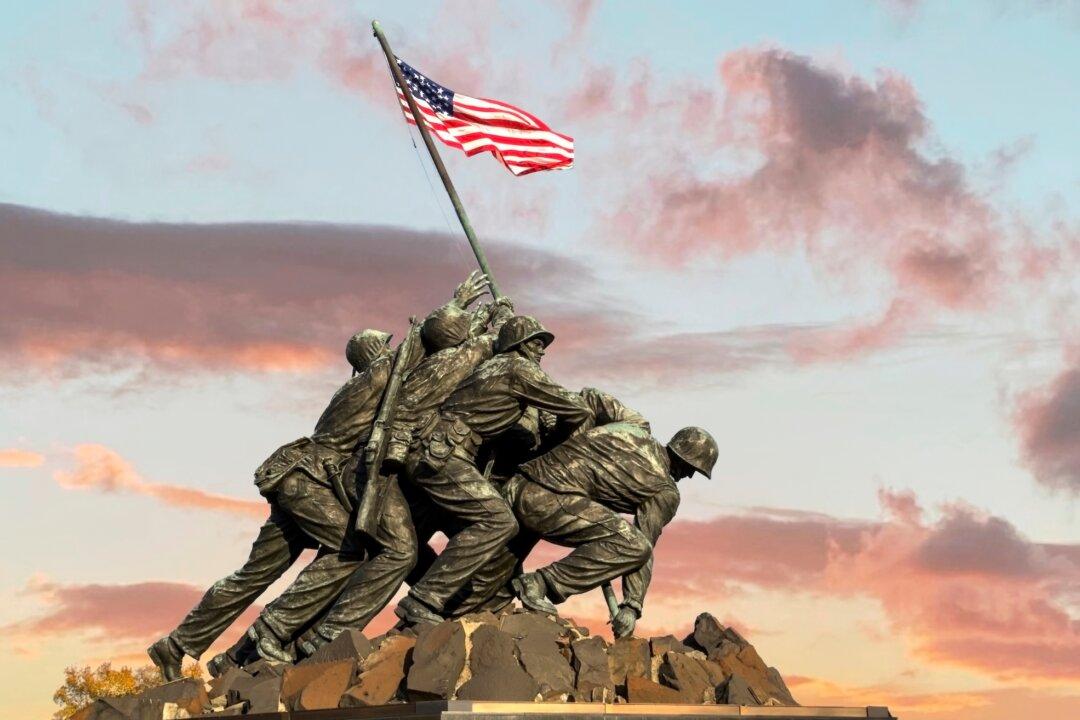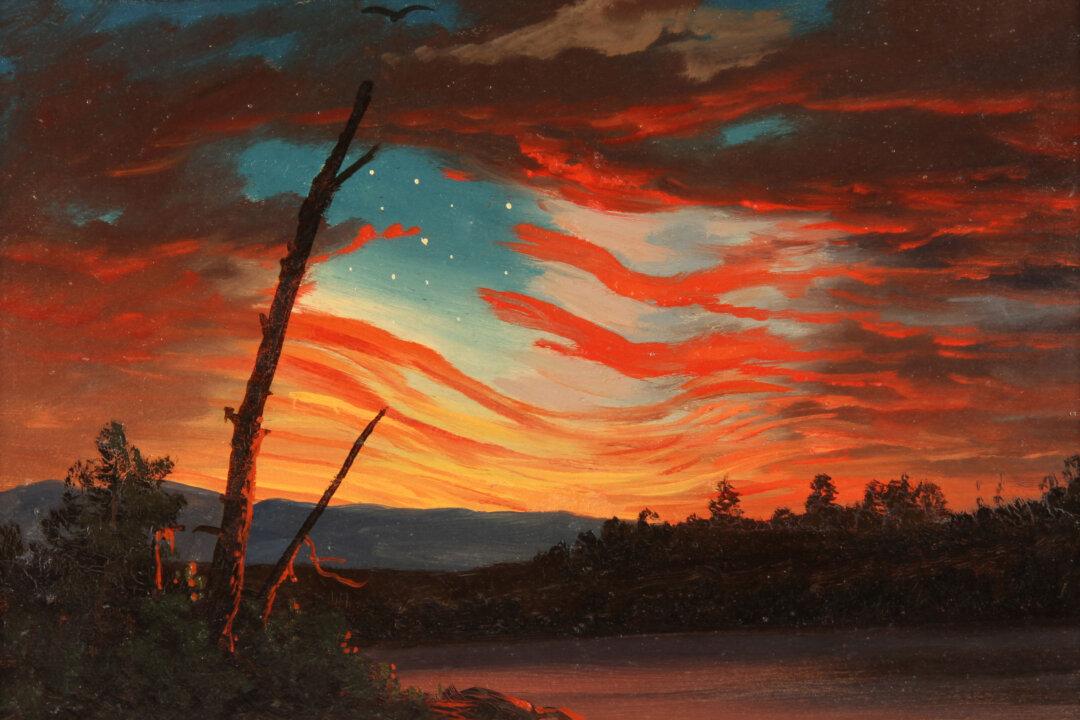This Fourth of July, let’s begin the barbecues and fireworks with a calculation.
In two more years, we’ll celebrate the 250th anniversary of our Declaration of Independence and the birth of the United States of America. Divide the age you’ll be in 2026 by those 250 years, and you’ll discover the percentage of time you’ve been a part of the American story. In 2026, a 10-year-old kid in Sioux City, Iowa, will have already lived 4 percent of our country’s history. That 50-year-old teacher in Rough and Ready, California has been alive and kicking for 20 percent of our saga, while the 75-year-old man in Front Royal, Virginia will be bumped up to 30 percent.






